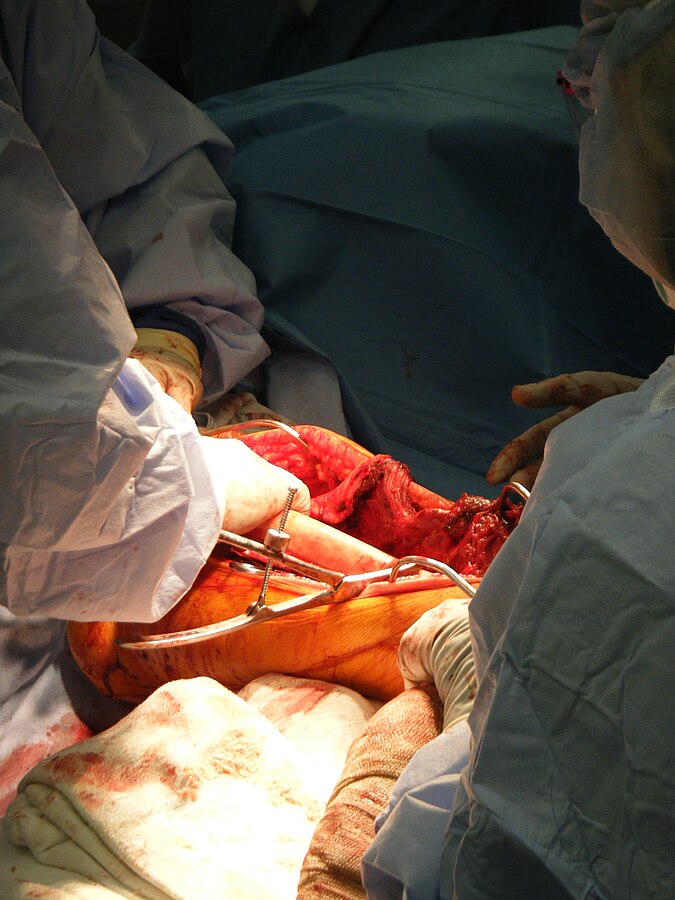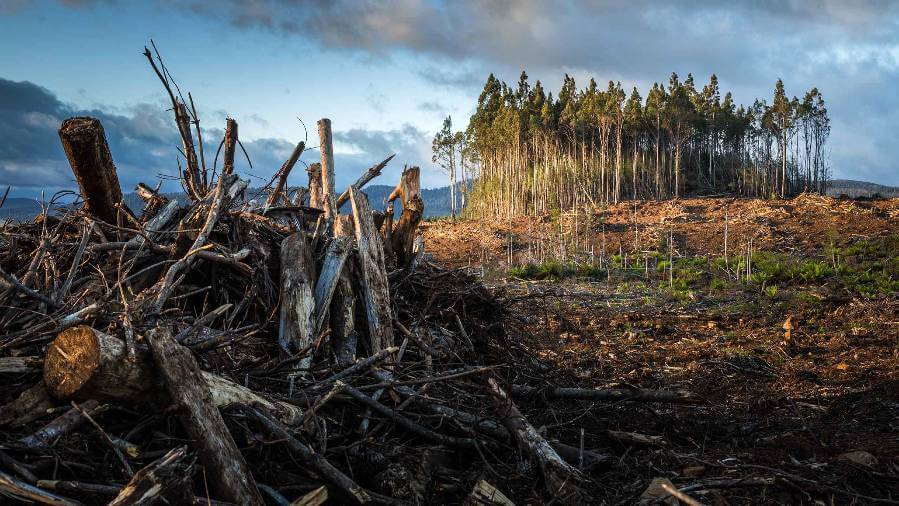
A new invention may make things easier for patients with serious bone injuries.
From wounded warriors to cancer patients to accident victims, there are an estimated 500,000 bone graft procedures every year in the U.S.
The bone graft breakthrough takes its cue from a most unusual source: an ingredient found in carpet padding.
Instead of having to use a patient’s own bones or a cadaver source, researchers at the University of Texas at San Antonio are developing something similar to help build bones, using a medical grade of polyurethane foam, the porous, spongy stuff you can find in everything from toys to carpet padding.
Dr. Joo Ong, a professor of biomedical engineering, co-invented the bone scaffold. He says it can be used instead of bone grafts for injuries as small as five millimeters.
Calcium phosphate, the mineral found naturally in bone, coats the polyurethane foam. Then it’s put in a furnace. Less than 24 hours later, the foam burns away. The calcium phosphate takes its shape, hardening into a scaffold.
The scaffold is porous and wicks up liquids. Ong says that’s a sign of how it could be a better option than using donor bone or other synthetics in grafting procedures.
“There’s less likelihood for the body to reject the material,” Ong said.
The scaffold is awaiting approval from the Federal Drug Administration. It’s expected to be approved within a year.
Cory Hallam, director of the Center for Innovation and Technology Entrepreneurship, says it’s the first product from the University of Texas at San Antonio going to market.


